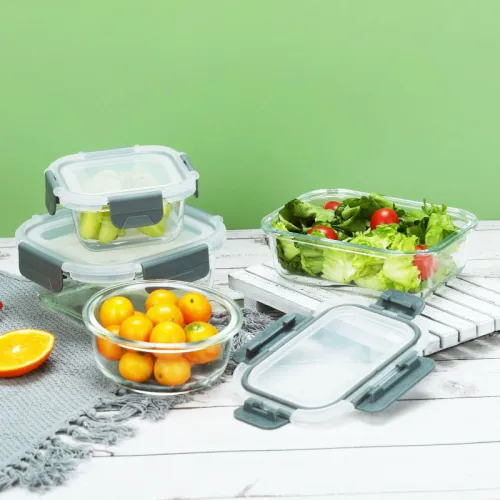 TEL: +86 311 67799298
TEL: +86 311 67799298 Email: tina@yintoglassware.com
Email: tina@yintoglassware.com
Innovative Glass Production for Sustainable Container Solutions and Eco-Friendly Packaging
The Process and Benefits of Glass Container Production
Glass containers have been essential to packaging and preserving products for centuries. Their versatility, durability, and recyclability make them a preferred choice for various industries, including food and beverage, cosmetics, and pharmaceuticals. The process of producing glass containers involves several steps, each contributing to the final product's quality and sustainability.
The first step in glass container production is the gathering of raw materials. The primary ingredients for glass manufacturing are silica sand, soda ash, and limestone. These materials are sourced from natural deposits and must meet specific purity standards to ensure the quality of the final product. In some cases, recycled glass, known as cullet, is added to the mix. This not only reduces the amount of raw materials needed but also lowers energy consumption during the melting process, leading to a more sustainable production cycle.
The Process and Benefits of Glass Container Production
The next phase involves forming the molten glass into containers. This can be achieved through several techniques, including blow molding, press molding, and flip-top molding. Blow molding is particularly popular for producing glass bottles. In this method, air is blown into a glass parison (a pre-form of glass) which expands into the shape of the mold. Press molding, on the other hand, involves using a machine to press the glass into the desired shape. Each technique has its advantages, allowing manufacturers to create various shapes and sizes tailored to specific products.
glass produce containers

After the glass containers are formed, they undergo a process called annealing. This step involves gradually cooling the glass in a controlled environment, which relieves internal stresses and enhances durability. The annealed glass containers are then inspected for quality, ensuring that they meet industry standards for appearance, strength, and functionality.
One of the significant benefits of glass containers is their environmental impact. Glass is 100% recyclable and can be reused without losing quality. This not only conserves natural resources but also reduces energy consumption compared to producing new glass from raw materials. Many manufacturers have adopted circular economy principles, focusing on recycling initiatives and encouraging consumers to return used containers to facilitate recycling.
Furthermore, glass containers offer superior preservation qualities. Unlike plastic, glass is impermeable to gases and liquids, which means it does not leach chemicals into its contents. This makes it an ideal choice for food and beverage packaging, where maintaining product integrity is vital. Consumers increasingly prefer glass containers due to their safety and sustainability attributes.
In conclusion, glass container production is a carefully orchestrated process that balances efficiency, quality, and sustainability. As industries and consumers alike become more environmentally conscious, the demand for glass containers continues to rise, solidifying their place as a fundamental packaging solution for the future. The combination of traditional craftsmanship and modern technology ensures that glass will remain a reliable and eco-friendly packaging choice for years to come.
-
Benefits of Vacuum Containers with Pumps for Food PreservationNewsJun.12,2025
-
Glass Food Storage Container with Lid for Seal PreservationNewsJun.12,2025
-
Styling Amber Glass Plates for Modern TablescapesNewsJun.12,2025
-
Benefits of Double Wall Coffee Cups for Heat RetentionNewsJun.12,2025
-
Colored Glass Bowls in Cultural TraditionsNewsJun.12,2025
-
Durability of Colored Glass Dinnerware Compared to CeramicNewsJun.12,2025









